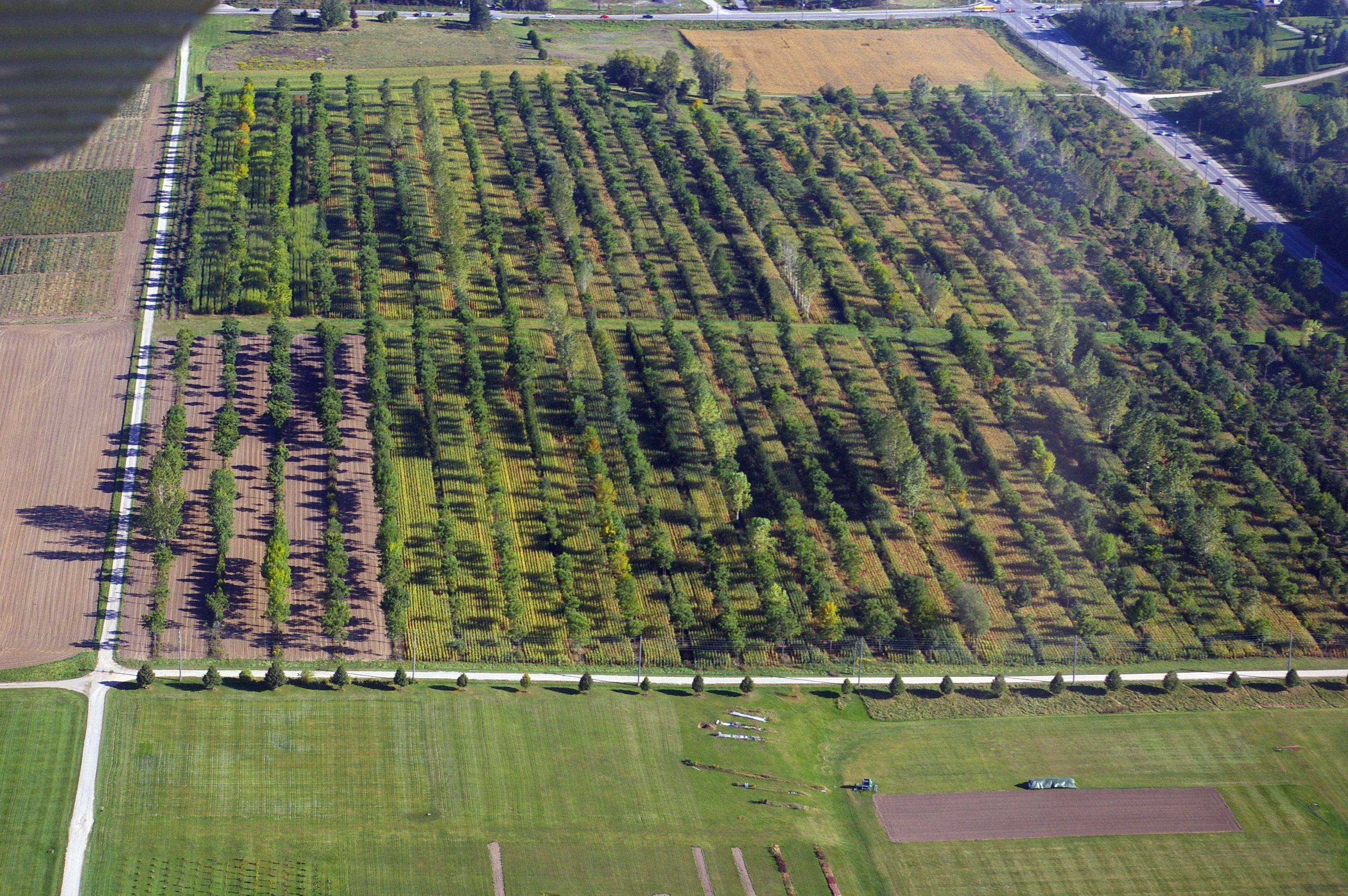Carbon Farming & Cutting Food Waste: Climate Solutions That Don’t Require Trump’s Buy-in
Author: Twilight Greenaway | Published: June 5, 2017
Donald Trump’s recent decision to withdraw the U.S. from the Paris Agreement on climate has many wringing their hands. But Paul Hawken doesn’t have time for despair. In fact, the veteran author and entrepreneur has spent the last several years working with a team of scientists and policy experts to map and quantify a set of climate solutions he says have the power to draw down the carbon in the atmosphere and radically alter our climate future. And he’s confident that many of these efforts will continue to take place with or without government buy-in.
Hawken’s new book, Drawdown, illuminates 100 of the most effective of these solutions and points to food and agriculture as hugely important when it comes to both sequestering current greenhouse gases and releasing fewer of them in the first place. From composting and clean cookstoves to managed grazing and multistrata agroforestry, Drawdown makes a compelling case for radically changing the way we eat, farm, and tend to the land. Civil Eats spoke to Hawken about the book, the surprising role food has come to play among climate optimists, and his advice on how to keep our eyes open while imagining the future of our planet.
Can you tell us about what you wanted to do with this book and how food plays a role in the picture it paints?
We mapped, measured, and modeled the most substantive solutions to reversing global warming. We didn’t have a horse in the race. We may have biases, I’m sure we do, but our process and methodology was to eliminate bias and just to look at [the solutions] from the point of peer-reviewed science in terms of the carbon impact.
There are only two things you can do really with respect to the atmosphere, which is to stop putting greenhouse gases into the atmosphere and then bring them back home. There’s nothing else. Some solutions—like land use solutions—do both.
We didn’t go into it knowing what would be the biggest sector. Or even what would be the top five or 10. We went in very open-ended and it turns out food is eight of the top 20 suggestions.
You ranked the solutions in terms of potential impact. Number three is reduced food waste and number four is the shift to “a plant-rich diet.” Why then, do you think food and ag are so rarely a part in the mainstream conversation about climate change?
My guess as to why food and land-use solutions have been marginalized and even ignored is because of the way solutions have been approached by climate scientists. Estimates vary, but at least 65 percent of the greenhouse gases in the atmosphere are due to combustion of fossil fuels, so it is easy to come to the conclusion that replacing fossil fuels with renewable energy is the biggest solution.
One of the reasons reducing food waste ranks high is because most of the food that is discarded ends up in landfills where it is buried in an anaerobic environment causing methane emissions, which are 34 times more potent in their greenhouse warming potential compared to CO2. A plant-rich diet reduces the consumption of animal protein, and the production of meat—whether grass fed or in CAFOs—is also a very significant source of methane.
And finally, there is agriculture itself, another source of significant emissions as practiced by conventional and industrial agriculture. Tillage removes carbon, mineral fertilizers create another potent greenhouse gas, nitrous oxide, glyphosate sterilizes soil life creating emissions, monocultures expose the soil to sun and heat, an emission cause, etc.
When you change these three practices, and cultivate types of sustainable food production techniques, like system of rice intensification and agroforestry, it turns out that food has a greater potential to help reverse global warming than the energy sector. That’s also due to the fact that land use can sequester carbon, whereas renewable energy simply avoids carbon emissions.
However, your question stands. Why did we not look at this more closely sooner? That is a mystery at Project Drawdown. These data, math, and conclusions detailed in Drawdown could have been calculated and disseminated a long time ago. The science these calculations are based on has been known for a long time.
Food is seen as inherently personal. Do you think the urgency about the climate has the potential to get more people thinking about food on a systems level?
I tend to think of food as more cultural than personal. In the U.S., subsidies have allowed people the ability to eat large quantities of expensive foods, like milk and meat. In most countries, the true cost of these items limits the stroke and heart-disease outcomes we have in the U.S. I believe people move toward healthier food because of their own needs and understandings, not because of the climate impact.
What we see in our research is that regenerative practices (in many areas besides food) are increasing because they work better, are less expensive, create greater productivity, can be locally sourced, create meaningful jobs, enhance human health, engender community, and much more. In other words, making choices that are better for your body, the soil, workers, your children, and your community are almost invariably practices that reverse global warming.
Let’s talk about the term “regenerative.” I’ve heard from several folks in the organic community who worry that another label will confuse consumers. Why did you choose to highlight regenerative agriculture vs. organic?

